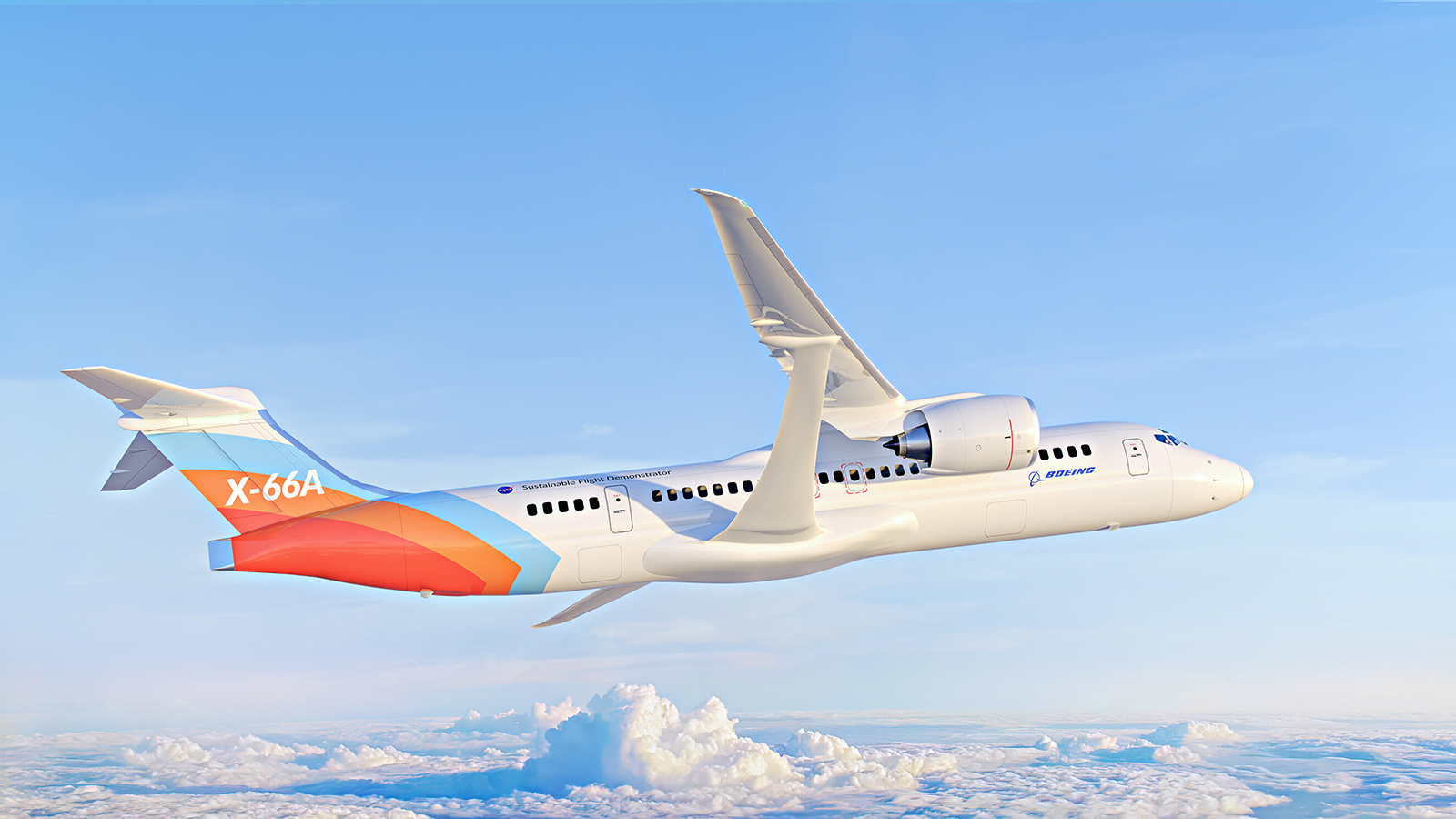Stay Up to Date
Submit your email address to receive the latest industry and Aerospace America news.
The Air Transportation Systems Technical Committee fosters improvements to air transportation systems and studies the impacts of new aerospace technologies.
Following three consecutive years of losses primarily brought on by the covid-19 pandemic amounting to over $180 billion, the global airline industry is on track to post a profit of $9.8 billion this year, the International Air Transport Association projected in June. This can be attributed to the sustained growth in passenger air travel demand, which IATA projected to reach 87.8% of pre-pandemic levels this year, accelerated by the reopening of China’s economy. By contrast, IATA reported that air cargo volumes, trending downward since March 2022, fell below pre-pandemic levels. The airline industry continues to face headwinds that include a tight labor market, elevated inflation levels, supply chain disruptions and high oil prices.
On the operations side, a shortage of air traffic controllers contributed to flight delays and cancellations this year, adversely impacting both airlines and the traveling public. In June, the U.S. Transportation Department’s Office of Inspector General reported that staffing at 20 of 26 air traffic control facilities in the U.S. is below the 85% threshold prescribed by FAA. To address this shortage, Transportation Secretary Pete Buttigieg announced plans to recruit 1,500 controllers this year and 1,800 more next year. Also, to reduce the safety risks of signal interference from 5G technology, FAA in May issued an airworthiness directive that prompted airlines to upgrade aircraft radio altimeters.
Substantial progress continued to be made toward routine advanced air mobility operations. In August, FAA published the “Unmanned Aircraft Systems (UAS) Traffic Management (UTM) Implementation Plan,” a year after the agency completed its UTM pilot program, in accordance with the requirements of the FAA Reauthorization Act of 2018. The plan is designed “to allow for the implementation of” UTM services “that expand operations beyond visual line of sight, have the full operational capability, and ensure the safety and security of all aircraft.”
In May, FAA released an updated version of its Urban Air Mobility Concept of Operations, which included more detail on the use of the current regulatory framework to support initial operations and more information on various concept elements, such as flight corridors. In June, FAA granted Joby Aviation of California a Special Airworthiness Certificate to begin flight tests with its first production prototype, and in August did the same for Archer Aviation and its first Midnight air taxi.
Notable events in sustainable aviation include NASA’s announcement in January of an award to Boeing to build and flight test a full-scale Transonic Truss-Braced Wing demonstrator to inform the development of the next generation of single-aisle aircraft, which comprise the majority of passenger airline fleets. The goal for the experimental aircraft — designated the X-66A in June by the U.S. Air Force — is to reduce fuel burn and emissions by as much as 30% relative to today’s single-aisle aircraft
by generating less drag through its longer and thinner wings stabilized by diagonal struts, and integrating technological advances in propulsion systems and materials.
In August, Boom Supersonics of Colorado received an FAA Experimental Airworthiness Certificate for its XB-1, a one-third scale demonstrator of its planned supersonic airliner Overture. Boom is targeting 2029 for entry to service. The Colorado-based company in May announced an agreement to purchase up to 5 million gallons of sustainable aviation fuel per year for Overture’s flight test program from Dimensional Energy of New York.
Unoccupied air vehicles known as HAPs, short for high-altitude pseudo-satellites or high-altitude platform stations, could offer surveillance and communications services. In June, U.K.-based BAE Systems sent its PHASA-35 into the stratosphere over New Mexico. Also in June, New Mexico startup Sceye completed its third test flight. Meanwhile, SoftBank of Japan tested a subscale model in March as part of developing its next-generation HAPS.
Contributor: Tejas Puranik
Stay Up to Date
Submit your email address to receive the latest industry and Aerospace America news.




